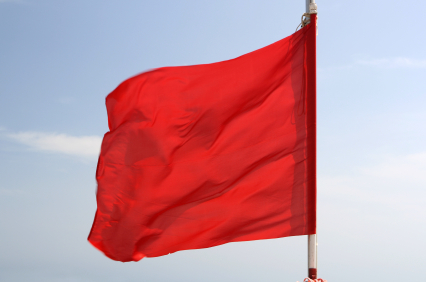C
Chessie
Guest
Are they really that important to good fantasy stories? I kid! 
But seriously, they drag me down into the depths of an emotional oblivion. I like my characters to use their brains to get out of crappy situations instead of weapons/fists. I also like them to be sneaky. But I think its important that I learn how to write good battle scenes. My problem is that I can't actually think of physical interactions between characters when they fight. Does anyone have suggestions or resources on how to write good battle scenes? In honesty, I find them rather boring in movies and books, too. But I'm not so sure my fantasy stories will sell good without them. Thank you!
But seriously, they drag me down into the depths of an emotional oblivion. I like my characters to use their brains to get out of crappy situations instead of weapons/fists. I also like them to be sneaky. But I think its important that I learn how to write good battle scenes. My problem is that I can't actually think of physical interactions between characters when they fight. Does anyone have suggestions or resources on how to write good battle scenes? In honesty, I find them rather boring in movies and books, too. But I'm not so sure my fantasy stories will sell good without them. Thank you!

 Myth Weaver
Myth Weaver
 Auror
Auror
 Sage
Sage Inkling
Inkling